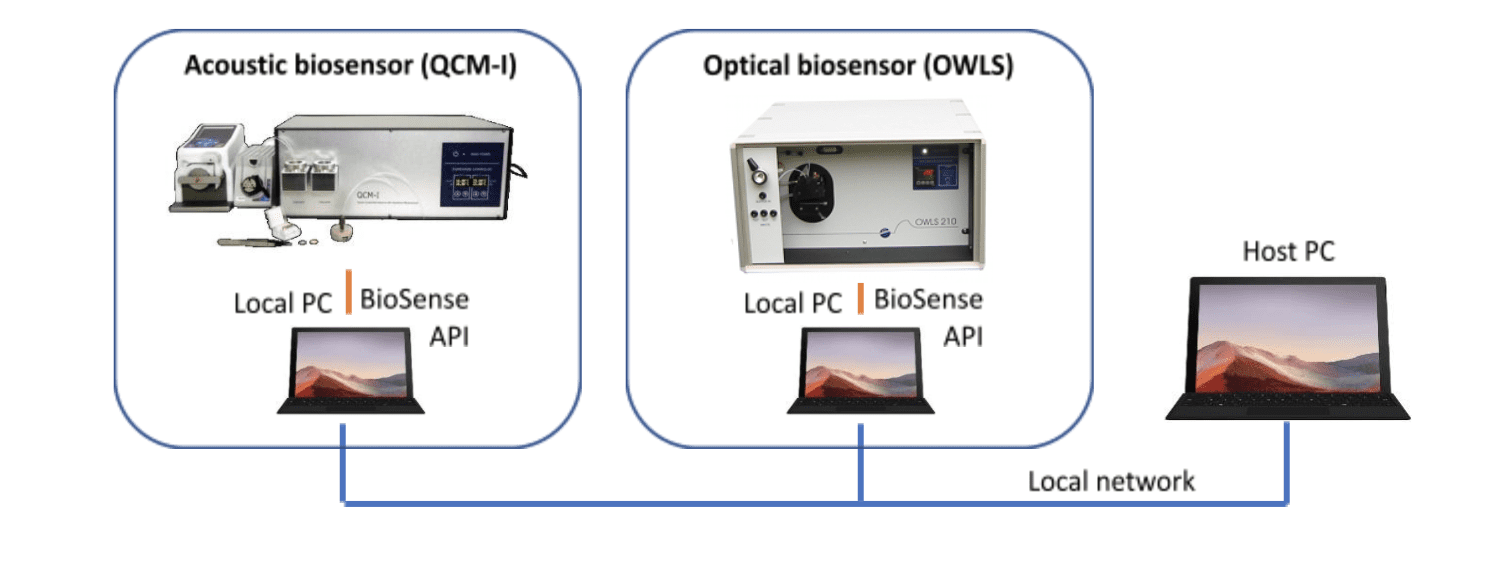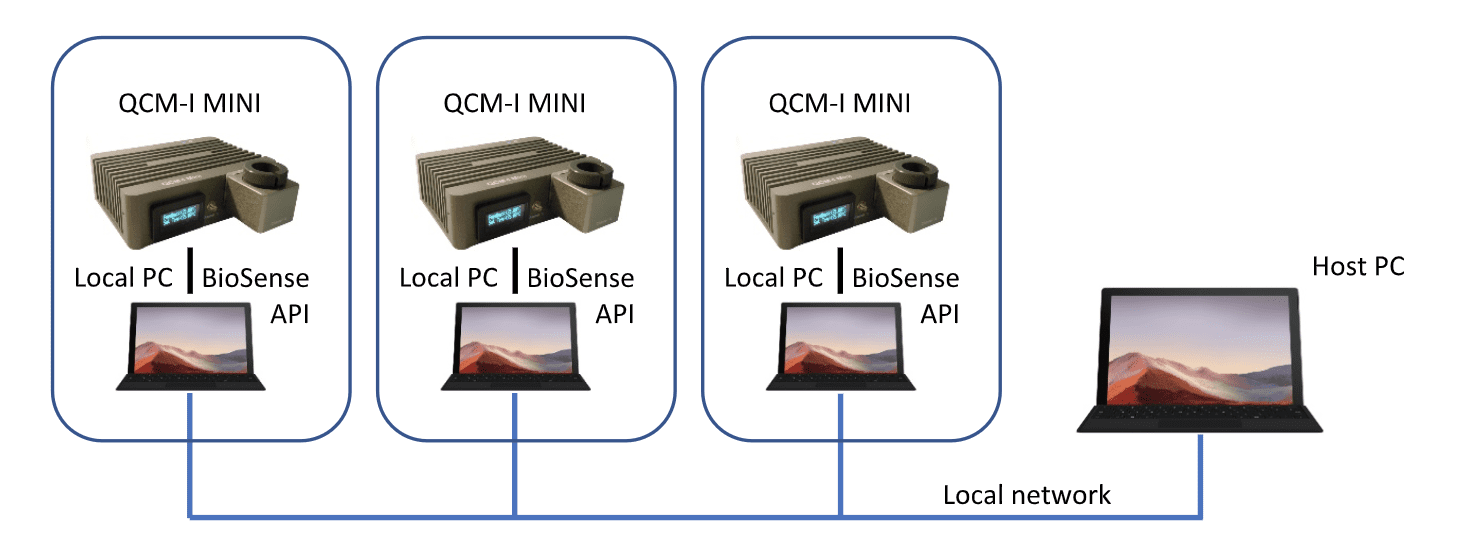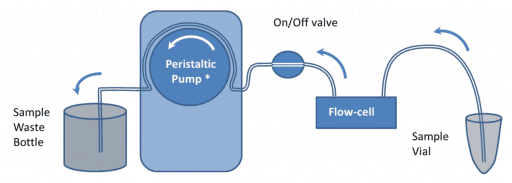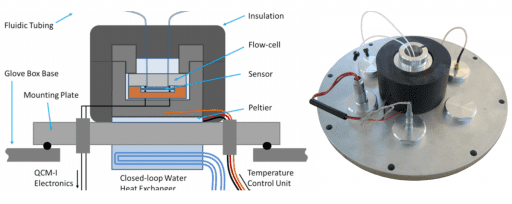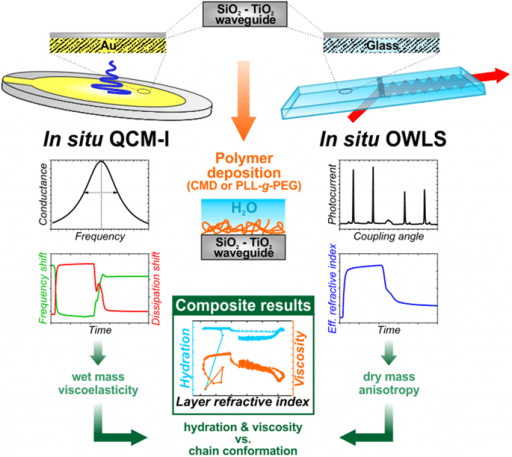QCM 3000 – Biosensor System for Combined “Wet” and “Dry” Mass Measurements
MicroVacuum’s QCM 3000 Wet & Dry Mass measuring system includes two biosensor systems in one: An acoustic biosensor (Quartz Crystal Microbalance with Dissipation Monitoring) for “wet” mass measurement with an additional optical biosensor (OWLS) for “dry” mass measurement. There is also an option for synchronized electrochemical setup for the QCM 3000 system. For references, pricing […]
